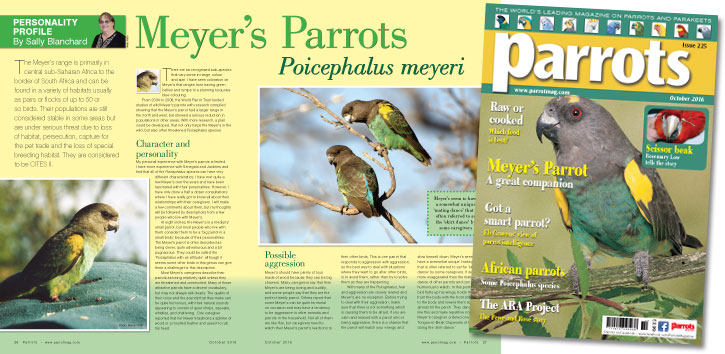
The Meyer’s range is primarily in central sub-Saharan Africa to the border of South Africa and can be found in a variety of habitats usually as pairs or flocks of up to 50 or so birds. Their populations are still considered stable in some areas but are under serious threat due to loss of habitat, persecution, capture for the pet trade and the loss of special breeding habitat. They are considered to be CITES II.
There are six recognised sub-species that vary some in range, colour and size. I have seen coloration on Meyer’s that ranges from having green bellies and rumps to a stunning turquoise blue colouring.
From 2004 to 2008, the World Parrot Trust funded studies of wild Meyer’s parrots with research compiled showing that the Meyer’s parrot had a larger range in the north and west, but showed a serious reduction in populations in other areas. With more research, a plan could be developed, that not only helps the Meyer’s in the wild, but also other threatened Poicephalus species.
Buy Now!

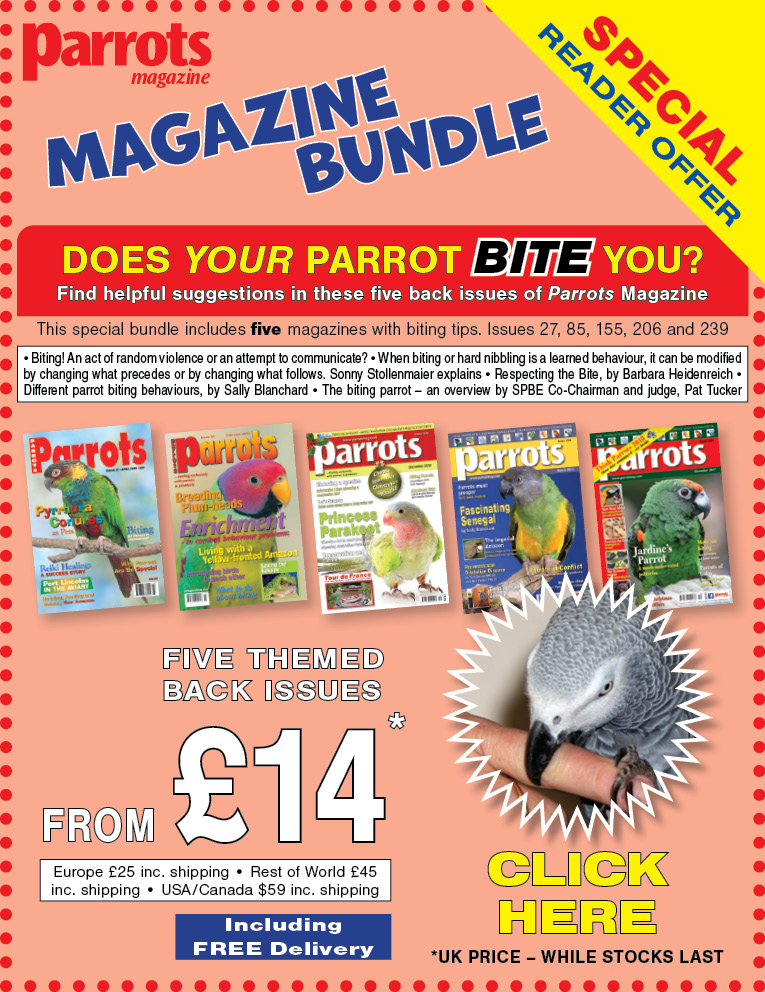
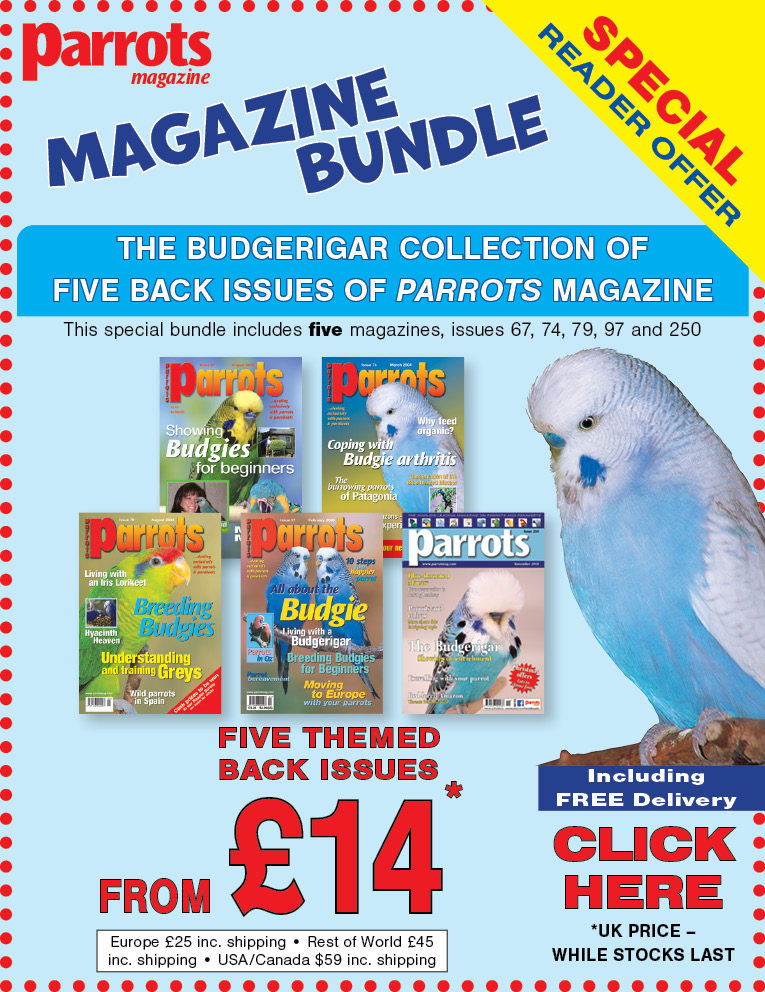
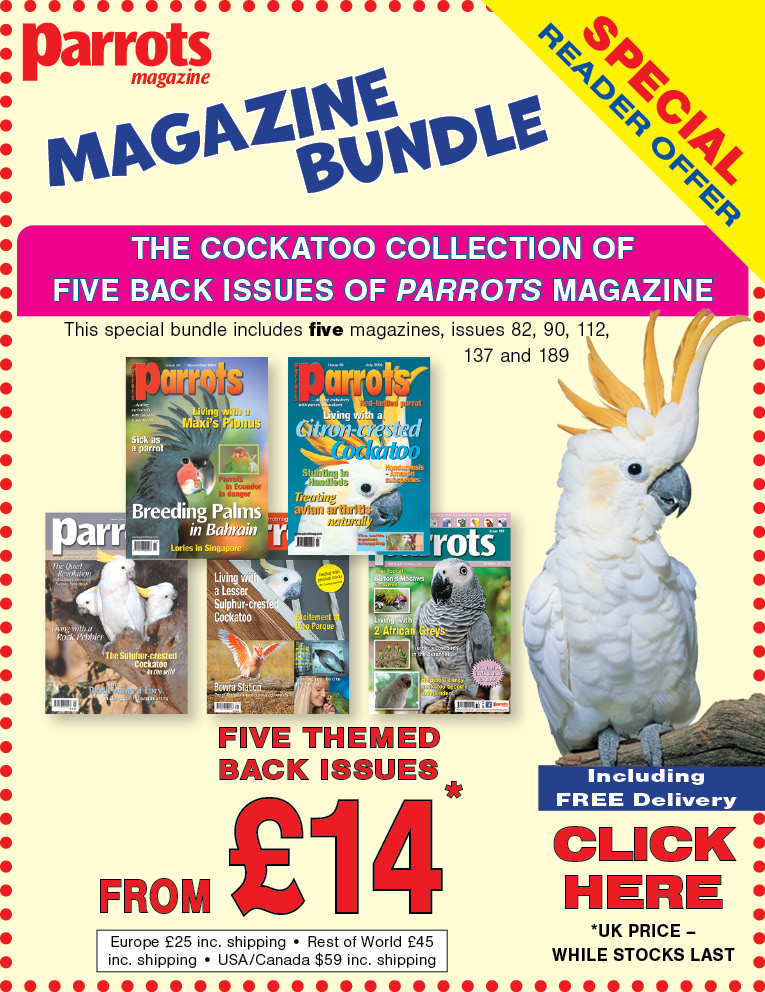
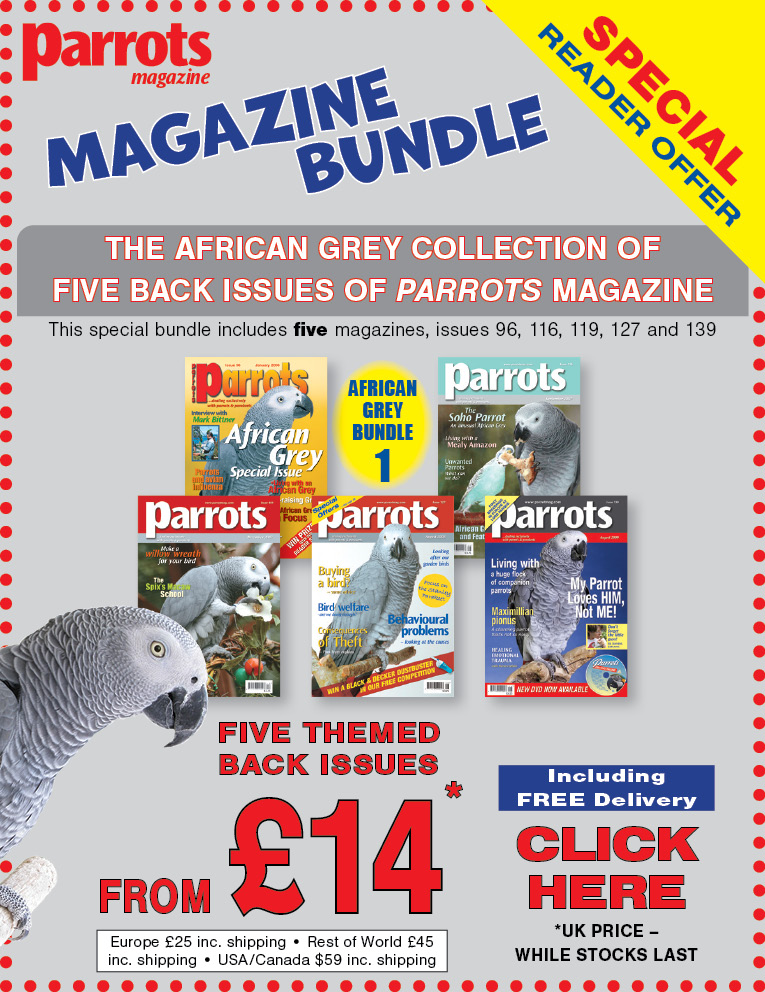

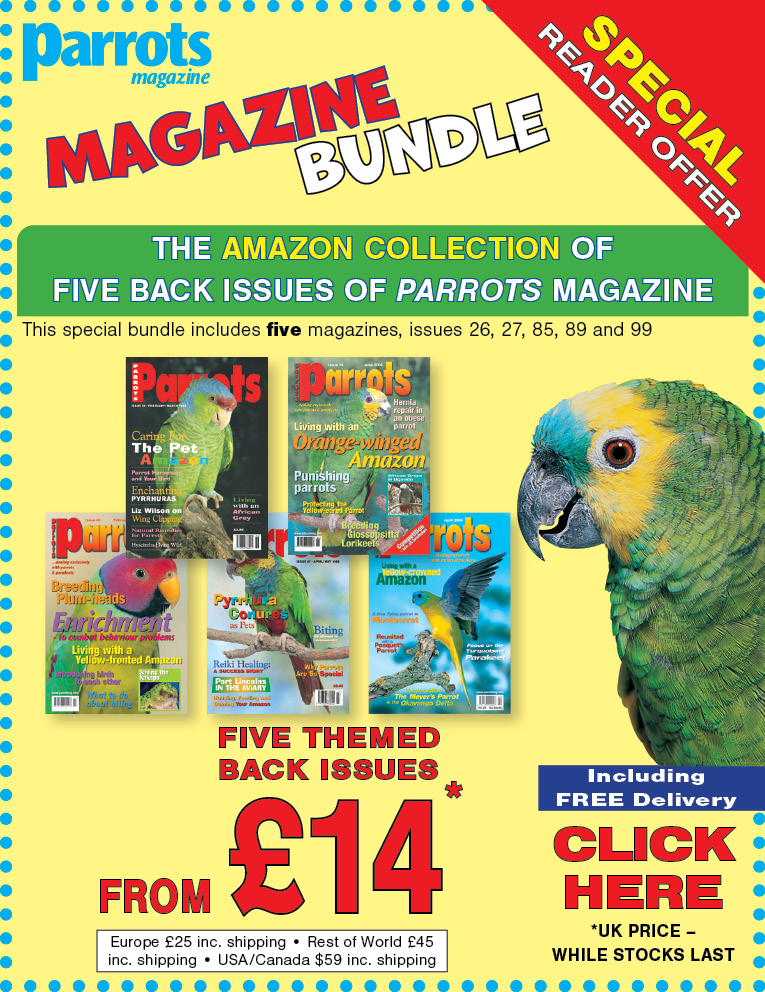

Parrot Chat
Buyers Guides
Breeding articles